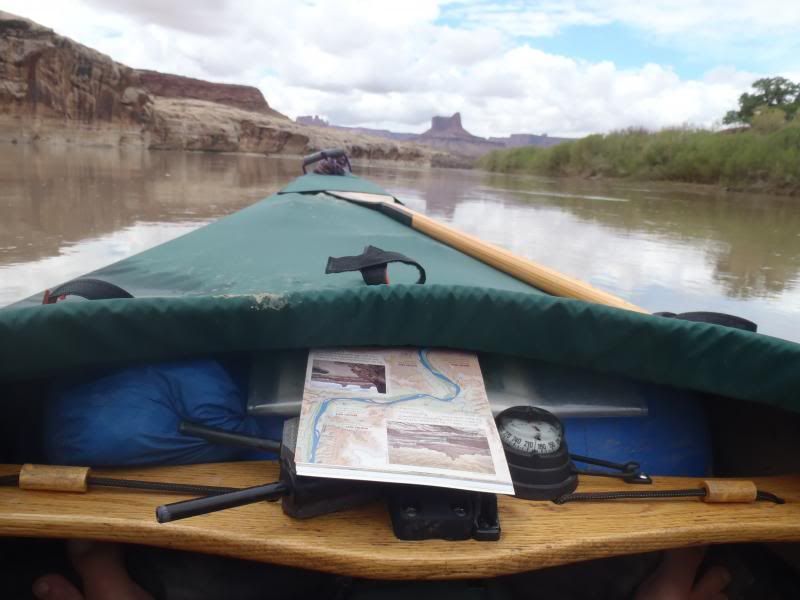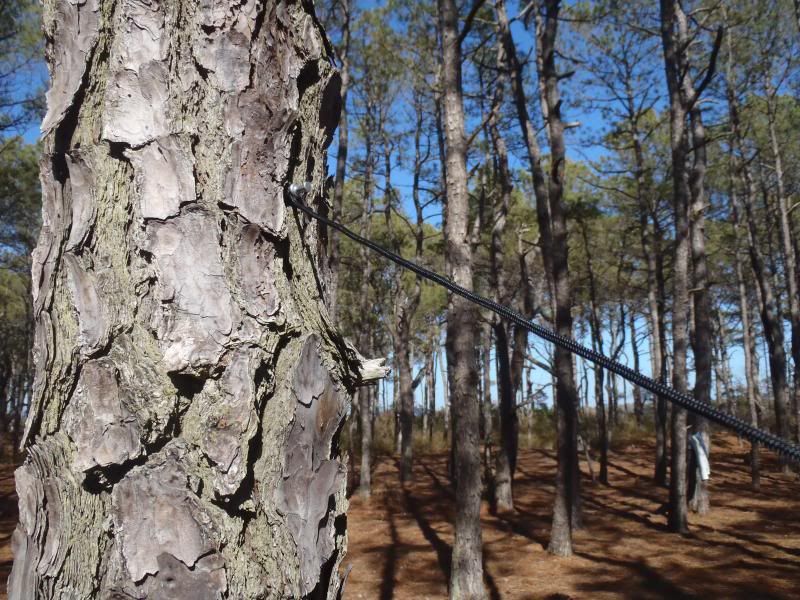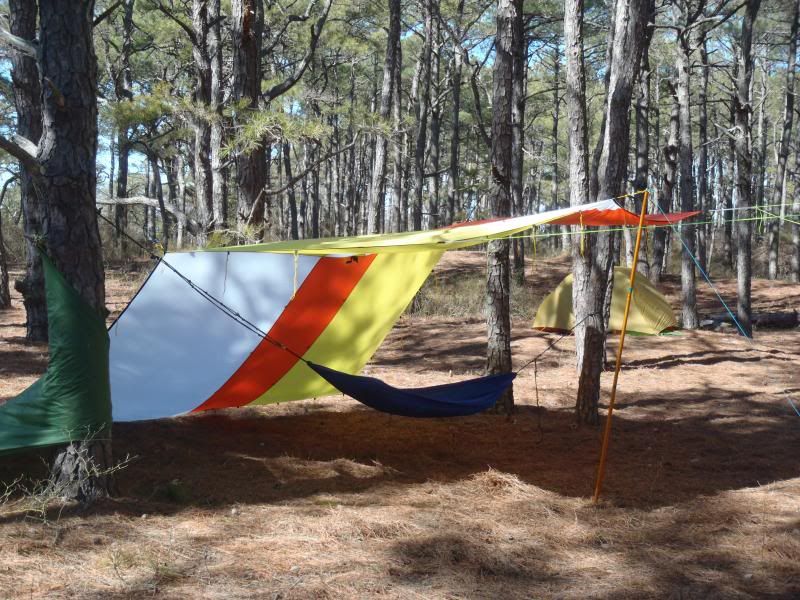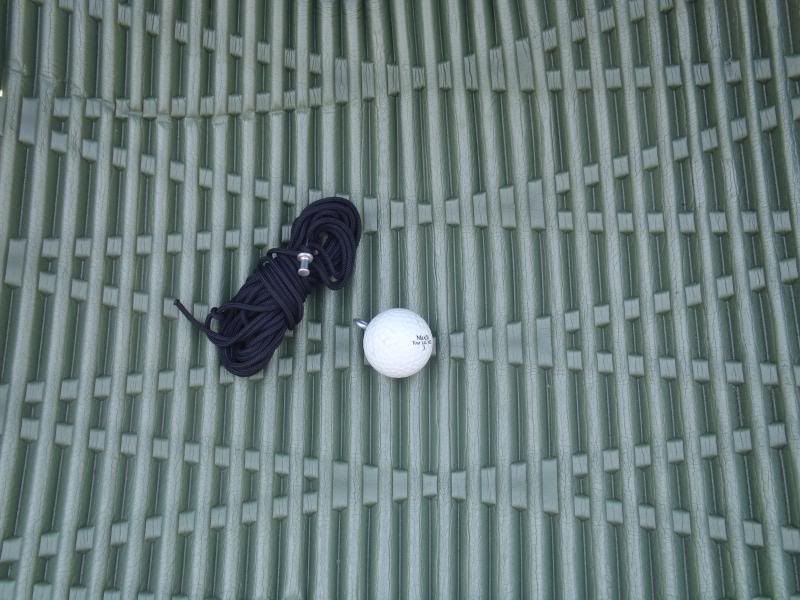G
Guest
Guest
This comment from Rob got me thinking about the “smoothing it” tricks I have picked up from Canoe Tripping (or ST or CCR).
The one I have found most useful and trip smoothing was HOOP’s tutorial on using a ridgeline and prusik with a CCS Tundra Tarp.
I can’t seem to find a link to it, but once I set up my Tundra Tarp in that fashion I have never used anything else. It is fast, easy, adjustable, taut, simple and spreads the wind load over the Tundra Tarp loops without undue strain or abrasion on any one point.
Anyone got a link to that tutorial?
Or have a favorite tripping trick you’ve learned from the boards?
One by one the ideas aren't "earth shaking" but rather, gently make the fusses in camping smooth out and let us enjoy the trip!
The one I have found most useful and trip smoothing was HOOP’s tutorial on using a ridgeline and prusik with a CCS Tundra Tarp.
I can’t seem to find a link to it, but once I set up my Tundra Tarp in that fashion I have never used anything else. It is fast, easy, adjustable, taut, simple and spreads the wind load over the Tundra Tarp loops without undue strain or abrasion on any one point.
Anyone got a link to that tutorial?
Or have a favorite tripping trick you’ve learned from the boards?






